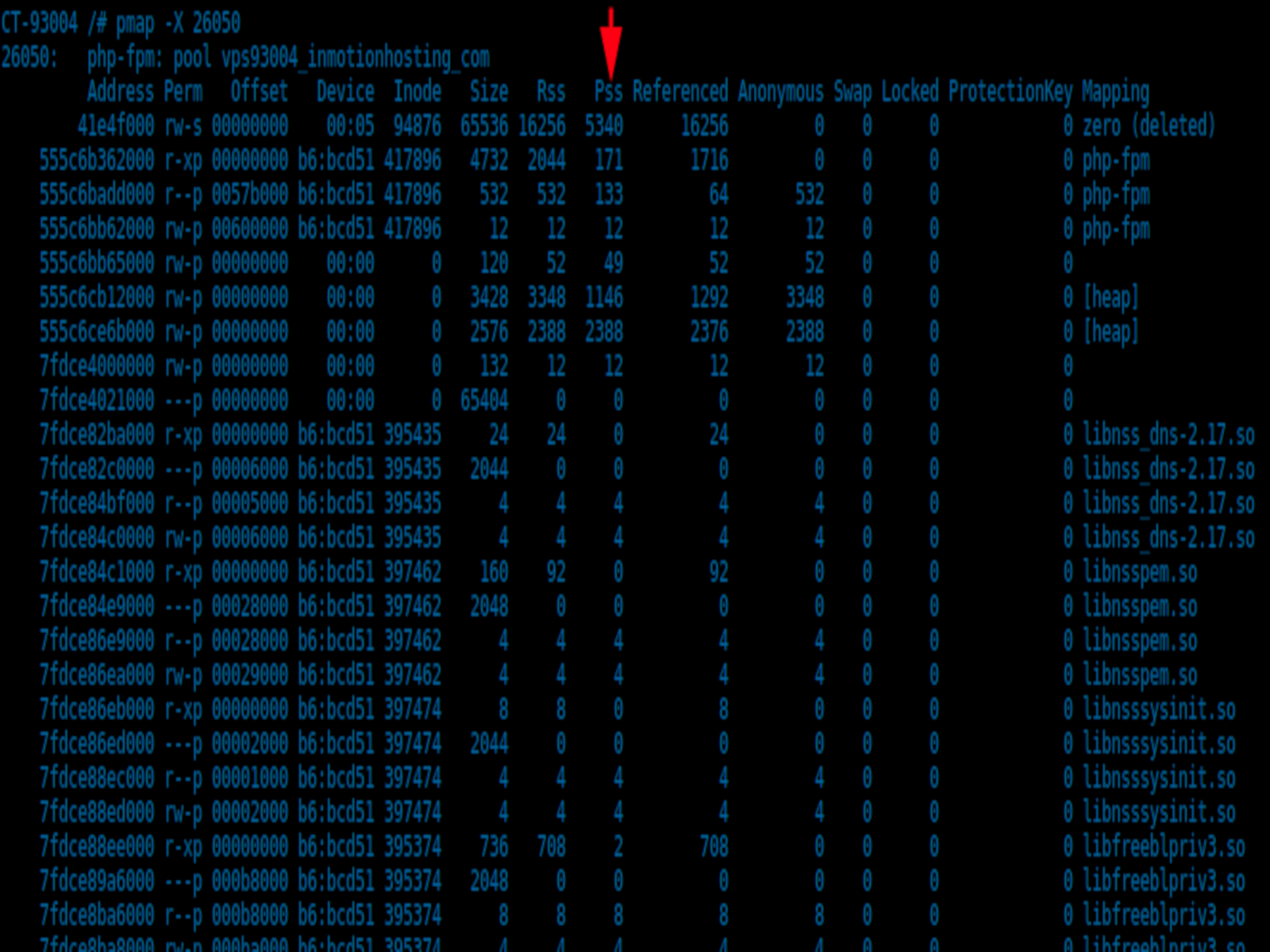Manipulating Fan Speed and Monitoring CPU Temperature on Dell PowerEdge R710
Hello Tech Enthusiasts! Today, we’ll dive into a technical topic that many server administrators will find handy: managing the fan speed and monitoring the CPU temperature on a Dell PowerEdge R710 using IPMItool. Introduction to IPMItool IPMItool is an incredibly versatile utility that allows IT admins to interact with a server’s Baseboard Management Controller (BMC), […]
Manipulating Fan Speed and Monitoring CPU Temperature on Dell PowerEdge R710 Read More »

